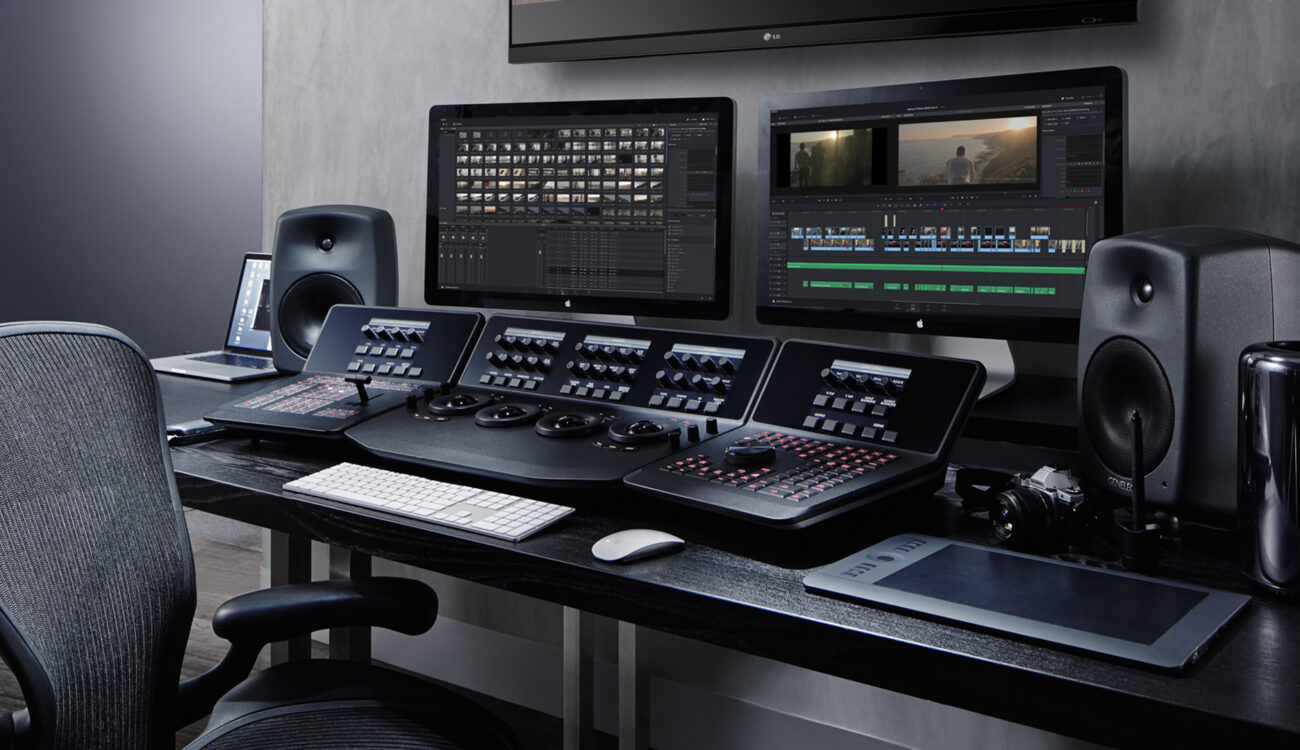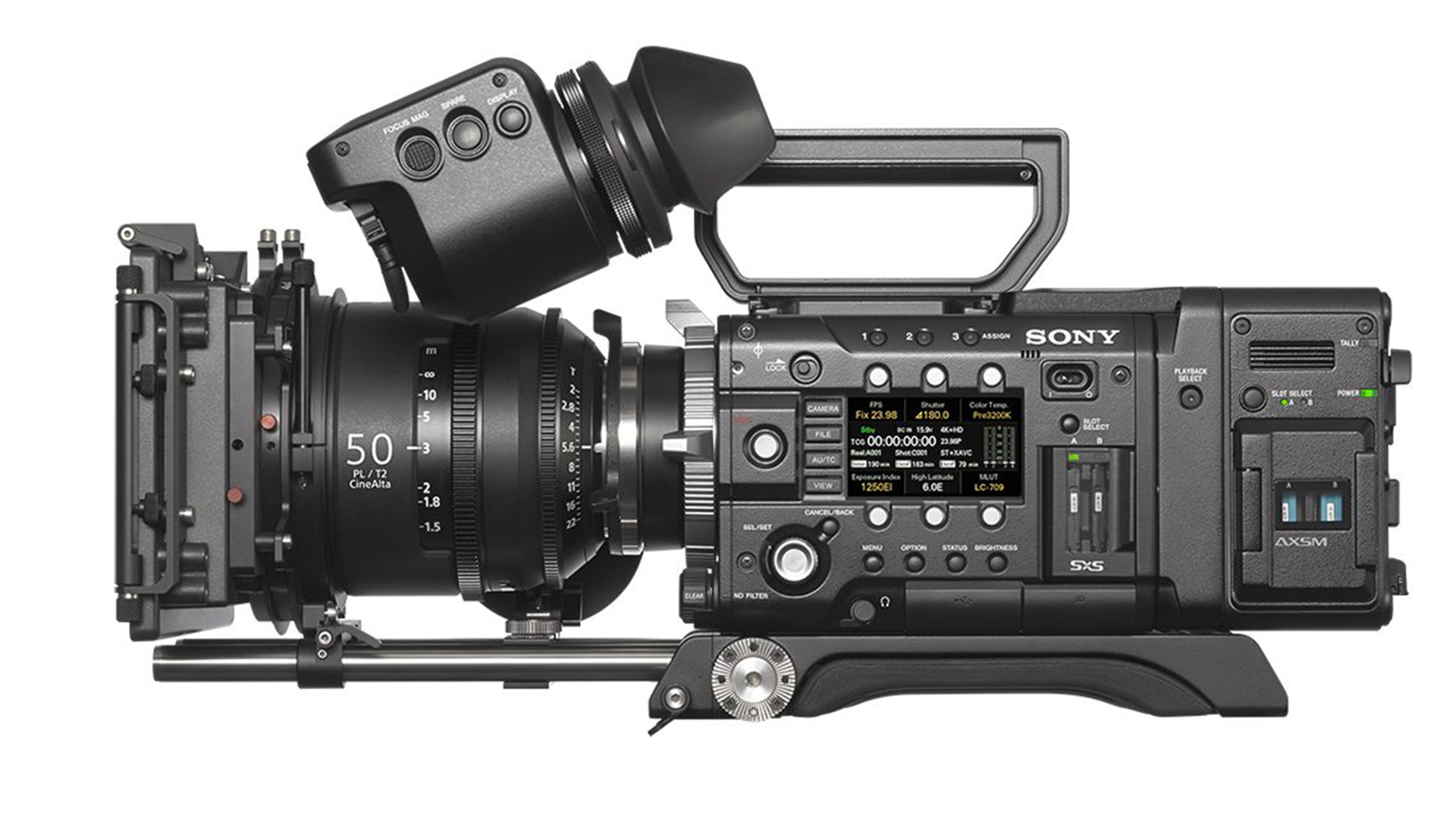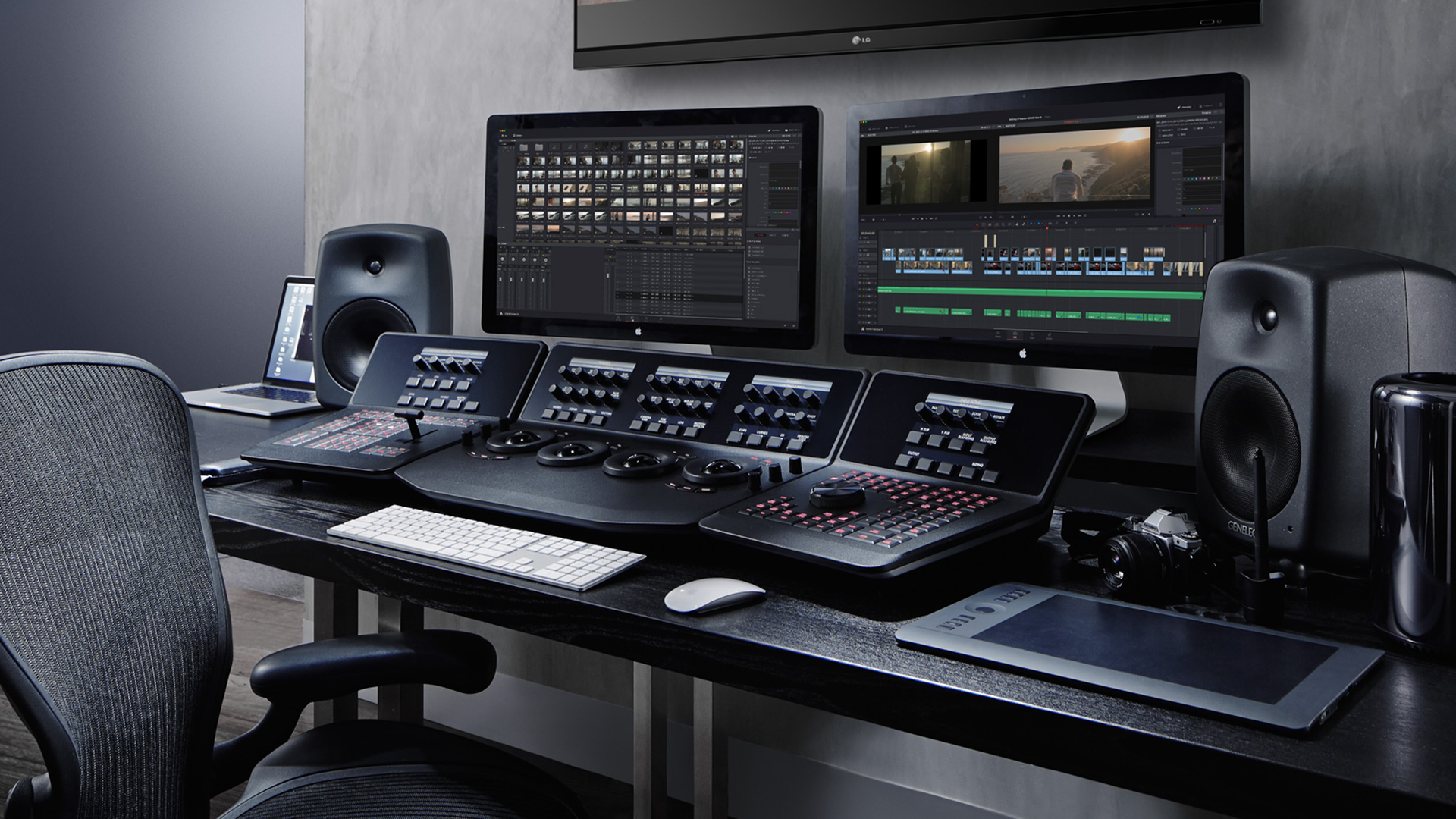
Not long ago, Blackmagic Design released version 12.5 of its famous grading software DaVinci Resolve. It’s only been two months, and the company has already unveiled an 12.5.1 update, which contains some very interesting features under the hood: native Quicktime decoding on Windows machines and support for the all-new Sony X-OCN format.
DaVinci Resolve 12.5.1 and Quicktime
The 12.5.1 update doesn’t add as many new features as the 12.5 release did (please refer to our article on that release), but it contains some very promising features under the hood. On Windows machines, you will no longer need to have Quicktime installed if you want to decode ProRes *.mov files. Now, that’s huge! A while ago, Apple announced to cease support for Quicktime on Windows (see our article), so this development is a much needed step towards native Quicktime handling without the need of installing outdated (and therefore vulnerable) Apple Quicktime libraries just for that purpose.
However, there seems to be one confusing UI glitch. You can set the “optimized media” to ProRes encoding, but you won’t be able to output ProRes files as a delivery format. It seems to be just a UI thing, actual ProRes encoding still demands for installed Quicktime libraries on Windows. Please refer to the Blackmagic Design Forum to read about this issue. Maybe the next major version of DaVinci Resolve will solve this whole Quicktime issue once and for all? IBC is around the corner, at least…
Sony’s Future of RAW, the X-OCN Format
With its brand new “bolt-on” AXS-R7 recorder for the Sony F5 and F55 cameras, the Japanese company has started exploring a new era of RAW recording. The X-OCN (eXtended Original Camera Negative) promises to preserve the full 16Bit latitude of the sensor while achieving a much smaller footprint in terms of bitrate (read all about it in our previous post).

Sony F55 with attached AXS-R7 recorder module
Blackmagic Design did a pretty good job in quickly adapting to this development, as DaVinci Resolve 12.5.1 already supports this new format natively.
Full List of Features
As always, the update comes as a free download for both the regular version as well as for the studio version. Here is a list with all the improvements and upgrades in this new DaVinci Resolve 12.5.1 release:
Edit Improvements
- Improved 2-up and 4-up, multicam and playback performance when using QuickTime ProRes on Windows
- Added menu items to allow selection of clips based on Flag, Marker and Clip colors on the edit timeline
- Added ability to import and export duration markers using EDL
- Added the ability for clips to snap to their own markers when adjusting In and Out points
- Improved consistency of edit functions when Timeline is in full screen mode
- Added support for box wipe mode for offline reference wipe
- Added ability to extract AAF import log information as timeline markers
Color Improvements
- Improved performance for Spatial Noise reduction in Better mode
- Improved listing of attached and timeline mattes in the node graph with support for alphabetical listing
- Added ability to apply grades from a reference wipe using the viewer context menu
- Added ability to align keyframe timelines of color grades using playhead position and wiped still frame
- Next node and previous node operations now loop around the node graph
- The ‘displayed’ node graph now automatically updates when the current still is changed
- Swapping nodes now also swaps the node labels
- Rippling grades now also copies node labels, Power Window labels and node cache settings
- Shift Up + Next Still will now append grade from the current still on the advanced control panel (Studio version)
- Added support for left eye and right eye grades for the timeline node graph (Studio version)
- Added ability to convert a mono timeline into stereoscopic 3D (Studio version)
- Added ability to convert a mono clip into stereoscopic 3D (Studio version)
- Added support for sequence and node render caching for stereoscopic clips and timelines (Studio version)
- Added compensation for stereoscopic slip when exporting timecodes in ALE (Studio version)
- Added support copying DolbyVision grades using stills and middle click (Studio version)
- Improved 3D and Qualifier panel layout in dual screen mode
- Improved behavior to stay on the same frame when joining two clips
Resolve FX Improvements
- Added ResolveFX Generate Color (GPU accelerated)
- Added ResolveFX Tilt-shift Blur
- Added support for anamorphism in ResolveFX Lens Blur (Studio version)
- GPU acceleration support for ResolveFX Lens Flare (Studio version)
- Ability to adjust Shadows/Midtones/Highlights in ResolveFX Film Grain in all compositing modes (Studio version)
- GPU acceleration support for ResolveFX Emboss, Waviness, Vortex, Ripples, Dent, Mirror
- Improved ResolveFX Scanlines and added various composite modes
- Ability to view the ResolveFX Scanline layer without the background
- Improved border behavior for ResolveFX Gaussian Blur, Directional Blur, Mosaic Blur, Radial Blur and Zoom Blur
- Added support for horizontal/vertical ratio in ResolveFX Glow
- Added support for pan and tilt on ResolveFX Prism Blur
- Improved performance for ResolveFX Light Rays
- Improved performance for ResolveFX JPEG Damage
Media Improvements
- Added new Import Media options to File menu and Media Pool context menu
- Added support for stereoscopic 3D clips in Media Management (Studio version)
- Added support for display drive names in Media Storage on Windows
- Addressed issues with open file location from Media Pool on Linux
- Added Source Name tag support for filename without extension
- Added support for automatically setting pixel aspect ratio for anamorphic ARRIRAW MXF clips
Codec & Format Improvements
- Added support for ProRes decode on Windows
- Improved QuickTime decode and encode performance on Windows
- Support for UHD H.264 renders on Windows
- Improved QuickTime decode and encode performance on Linux
- Added support for HEVC (H.265) decode on Linux
- Added support for alpha channel in DNxHR 444
- Added support for the Sony X-OCN format
- Added support for various AAC encode parameters on macOS
- Added support for QuickTime AAC audio encoding on Windows
- Added support for encoding QuickTime Photo JPEG files
- Added support for decoding AVCHD files from the Sony NEX-FS700 camera
- Added support for V-Gamut in RCM for improved Panasonic camera image handling
- Added ARRI LogC to Linear and Linear to ARRI LogC LUTs in VFX I/O
- Addressed decoding of last frame in some Panasonic AVCHD clips
- Improved handling of AVCHD .MTS clips
- Added support for RED SDK v6.2.1
General Improvements
- Alpha-numerical listing of codecs and format in the Deliver and Media Management pulldowns
- When running DaVinci Resolve in window mode, the mac OS dock is now visible
- Improved latency for remote grading (Studio version)
- Improved handling of dissolves and overlapping clips in DolbyVision metadata export (Studio version)
- Improved behavior when creating render jobs on locations without write permissions
- General performance and stability improvements
Source: Blackmagic Design

























